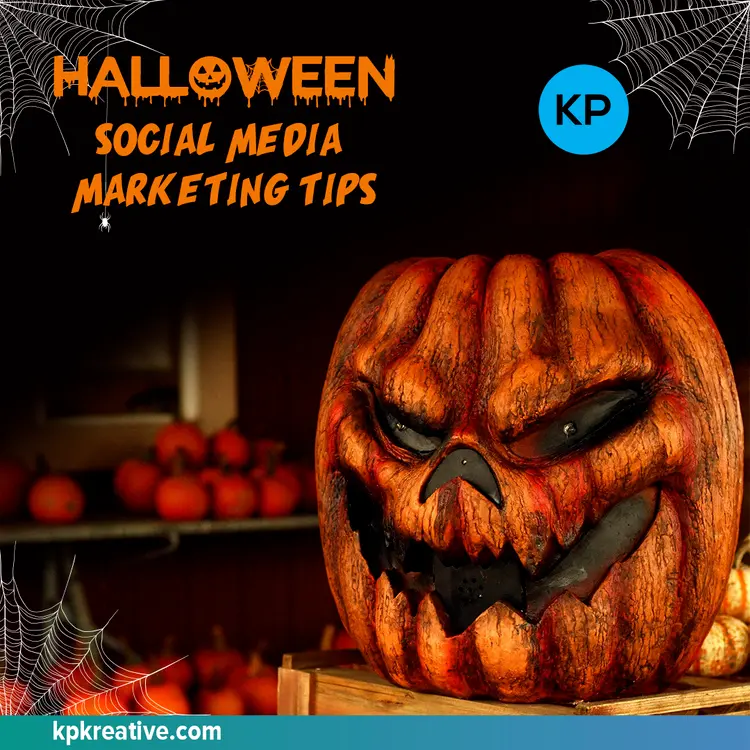You don't need to be told in 2022 that brands gain value from using social media. Yet one aspect of social media is particularly potent — social media insights. You can acquire social media insights by analyzing your content on the channels you're already using. These insights allow marketers to target audiences better and refine content strategies. Let's look at why insights are important and how to use them.
The Importance of Social Media Insights:
Marketing managers now have access to more platform data than ever before to support content creation and customer outreach efforts on social networks. Community managers can paint a complete picture of customer interactions with their brand by combining content and follower information with engagement stories. By utilizing social media insights, marketers can gain a deeper understanding of their audience at any given time.
Applying Social Media Insights to Your Content Strategy
With insights, marketers can improve content strategies and their target audience for several elements of brand campaigns. Below are a few ways to apply social media insights to your content strategy:
Targeted Ads
Targeted ads aren't very effective if you don't understand who your target audience is. Promoting tailored messages to specific target audiences increases the likelihood that existing or new audiences will engage and see content on social media. For example, Facebook and Twitter encourage advertisers to micro-target particular audiences, only advertising to users who match the brand's profile. Social media insights are vital in determining the target audience for your brand. What content has the most engagement? What are your audience's demographics? By using social media insights, you can target the right people.
Email Marketing
Those days of sending a mass email to all your subscribers are over. Instead, people opting in for brand emails expect relevant content. In today's world, you can closely track consumers' online behavior to find out who they are, what they want, and tailor your message accordingly.
For example, marketers can track products viewed by different customer types and send a specific email to that target audience. Known as "retargeting" or "remarketing," it aims to keep brands in the minds of consumers who have visited a website but left without purchasing.
Targeted Calls-to-Action (CTA)
It is more likely that audiences will respond to the CTA if messages target the right audiences. When the content in your ads is relevant to your target audience, they are more likely to take action (like click, sign up, etc.). Here are some essential questions for marketers to follow when developing CTAs and content strategies:
- How do you want people to respond to your CTA? What will happen when they take action?
- Who is likely to be interested in and responsive to this topic?
- What motivates this target audience? What will it take to get them to listen and act?
Click here to connect with the KP Kreative team for more information or assistance with digital marketing!
Related Posts

Your Ultimate Hashtag Guide
In this digital world, we are all familiar with the hashtag. Whether it is being used in a caption under a post, a slogan for a promotional campaign, or even as a tagline for a brand. Hashtags have been around since their Twitter debut in 2007, as a tool to group tweets based on specific topics. Today, that definition has exploded, and hashtags are now an irreplaceable marketing tool, used universally to increase engagement, reach new audiences, and ultimately, “beat the system” in a digital world hyper-focused on paid advertising.

Halloween Social Media Marketing Tips
Whether you are garishly ghoulish or princess prim and proper, there are fantastic ways to get your brand in the spotlight over the Halloween Holidays.Covid-19 may have put a damper on the season of scary marketing, but you don’t have to shy away under the covers this Halloween. Get your juices flowing with some of the best Halloween campaigns from 2019

Tips to Make Your Social Media Accounts More Inclusive
We’ve long touted the impact that social media can have when it comes to spreading a message. This could be anything from sharing your latest sale to opening up about who your brand is. In celebration of Pride and our commitment to being more inclusive as an agency, we’ve put together some tips to help make your social media channels more inclusive. Along with general inclusivity tactics, you’ll also find tips on LGBTQ+ and racial inclusivity.


